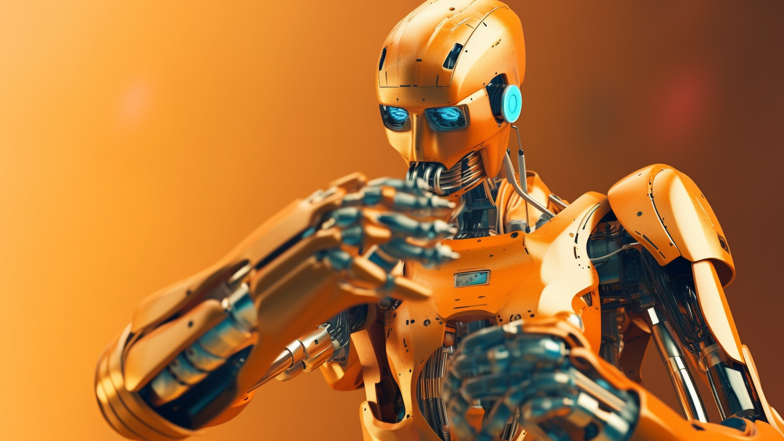
In this article, we will explore the innovative ways that robotics is being transformed through the art and science of robot manipulation. We'll discuss how engineers, designers and scientists are pioneering new techniques to enhance the accuracy and precision of robot movements, while also exploring the creative side of robotics through visual and tactile manipulation. Furthermore, we'll delve into the latest breakthroughs in robotics technology and what the future holds in this exciting field.
Robot Manipulation - The Art and Science
Robot manipulation involves the control and movement of robots. It's a combination of art and science, where the creative process of designing visually appealing robots is coupled with the technical aspects of controlling and operating them.
Robotics manufacturers and researchers are constantly exploring new ways to manipulate robots more effectively. The development of more intuitive user interfaces, such as touch screens and voice command, has made it easier for operators to control robots. The integration of machine learning algorithms in robot control systems has also played a significant role in enhancing robot manipulation.
For example, in manufacturing, robots are used to handle, sort and assemble parts on a production line. The accuracy and precision of robot movements are critical in such operations. The slightest error can cause defects, which can have costly consequences. Roboticists have developed advanced algorithms that enable robots to move with extreme precision, eliminating the chances of such errors and improving the overall quality of the manufacturing process.
Robot Manipulation - The Creative Side
Robotics is not only about science but also involves an element of creativity. Some roboticists have explored the creative side of robotics through visual and tactile manipulation. Robotics art involves the creation of robots that are visually appealing, while robotics music involves the use of robots to create music.
One example of robotics art is the creation of robot sculptures using 3D printing technology. The robot sculptures are designed to be aesthetically appealing, and their movements are precisely controlled to create an immersive experience for the audience. The use of light and sound effects further adds to the overall beauty of the experience.
Robotics music involves the use of robots to create music. Roboticists have developed algorithms that enable robots to make unique sounds that can be combined to create music. Musicians have also joined the field of robotics, using robots to enhance their performances. For instance, robotic pianos can create effects that would be impossible to achieve using traditional pianos.
Robot Manipulation - Breakthroughs in Robotics Technology
Robotics technology has advanced significantly in recent years, leading to several breakthroughs in robot manipulation. One of the most exciting developments is the use of exoskeletons to control robots. Exoskeletons are wearable devices that allow humans to control robots using their own movements. This technology has the potential to revolutionize the way we interact with robots, making them more intuitive and immersive.
Another breakthrough is the use of artificial intelligence in robotics. AI is being used to develop algorithms that enable robots to learn and make decisions autonomously. This technology is still in its early stages, but it has the potential to create robots that can operate independently and adapt to new environments.
Robotics technology has also led to the development of collaborative robots, or cobots. Cobots are designed to work alongside humans, assisting them in tasks that are too dangerous or difficult for humans to perform alone. They are equipped with advanced sensors and algorithms that enable them to detect and avoid obstacles, making them safe to work with.
The Future of Robotics
The future of robotics is exciting and full of possibilities. Robotics is already being used in various fields, such as manufacturing, healthcare, agriculture, and education. As the technology advances, we can expect to see robots playing an even more significant role in these fields and others.
With the rise of AI, it's likely that robots will become more autonomous, making decisions and operating independently. This will require the development of new ethical and legal frameworks to ensure that robots operate safely and do not cause harm.
In conclusion, robot manipulation is an exciting and innovative field that holds tremendous potential for the future. The advancements in robotics technology, coupled with the creative aspects of robot design, have transformed robotics into a truly interdisciplinary field. As we move into the future, we can expect to see robots playing an even more significant role in our lives. We must embrace this technology and work together to ensure that it creates a better world for all of us.
Comments
Post a Comment